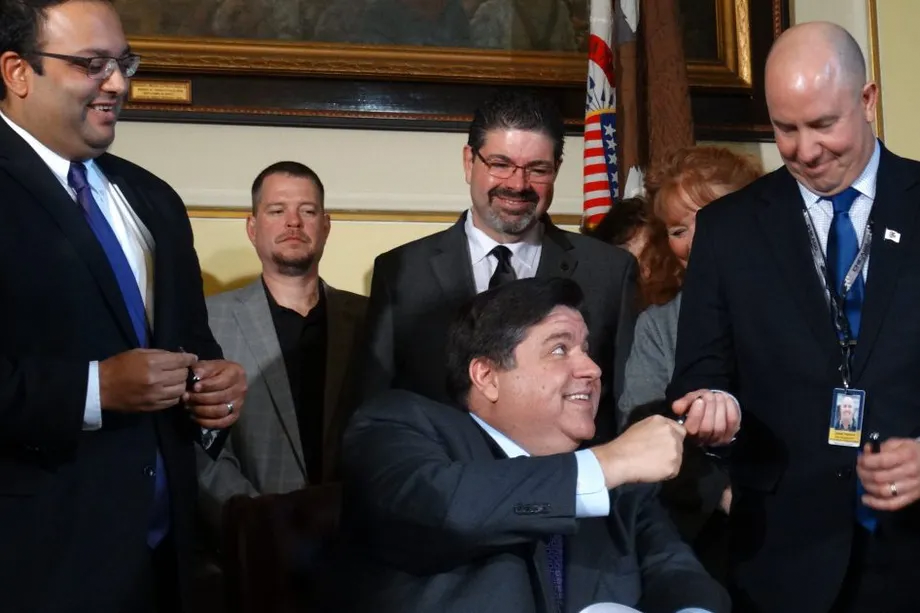Part 2: How Governors Can Protect Workers in Today's Economy
In the part one of this series, we reflected upon the last decade and demonstrated how workers in Michigan and Wisconsin were hurt when their governors enacted anti-union laws.
(Note: A more in-depth study making the same point was published by the Economic Policy Institute. When you’re finished reading this series, take a moment to read the summary of their report HERE.)
In contrast, we looked to Pennsylvania and Minnesota where pro-labor governors did not pursue similar policies and succeeded at retaining 95 percent of union jobs throughout their tenure.
In addition to being a bulwark to so-called “Right to Work” laws and other anti-worker policies, labor-friendly governors have also been aggressive in their efforts to protect our right to collective bargaining.
For example, in 2019, newly-elected governors J.B. Pritzker (Illinois) and Michelle Lujan Grisham (New Mexico) stood strongly with workers when they signed legislation banning local governments from establishing so-called “right to work” zones.
When he signed the bill, Pritzker said, “‘Right-to-work’ has always meant, ‘right to work for less money,’ and it’s wrong for Illinois.” (Source)

Also in 2019, Govs. Kate Brown (Oregon) and Jay Carney (Delaware) offered a legislative rebuke of the U.S. Supreme Court’s anti-union Janus vs. AFSCME decision, each signing laws to expand and protect collective bargaining rights for public workers in their states.

However, a governor’s powers extend far beyond passing new laws.
